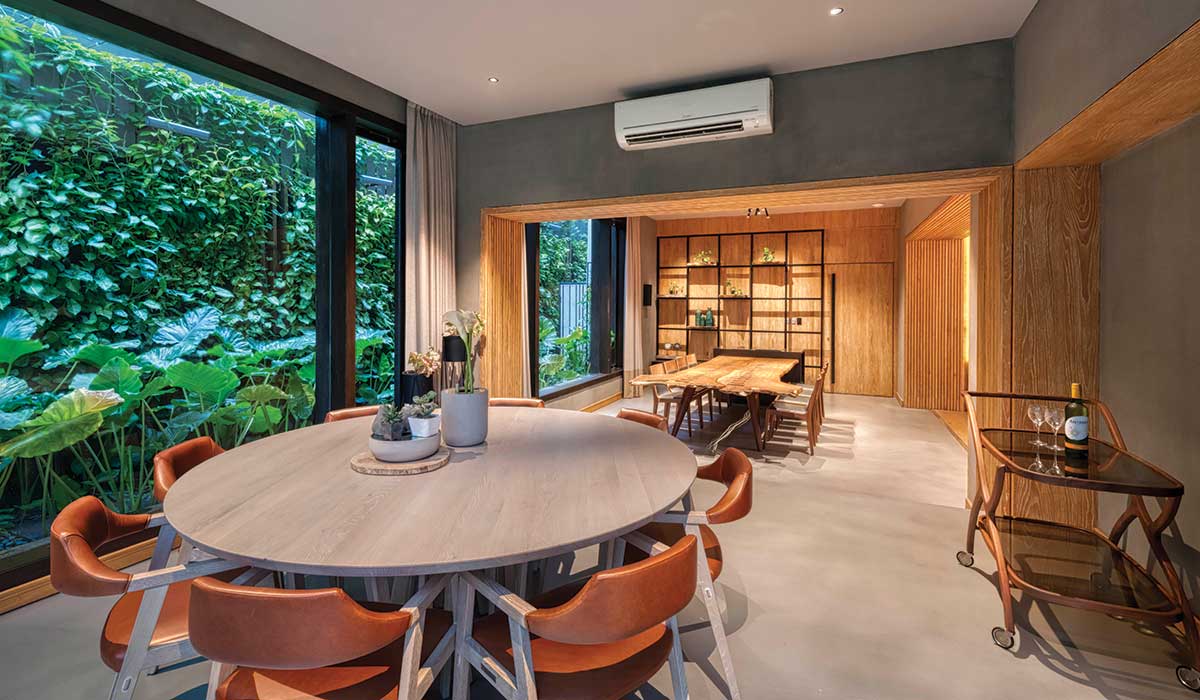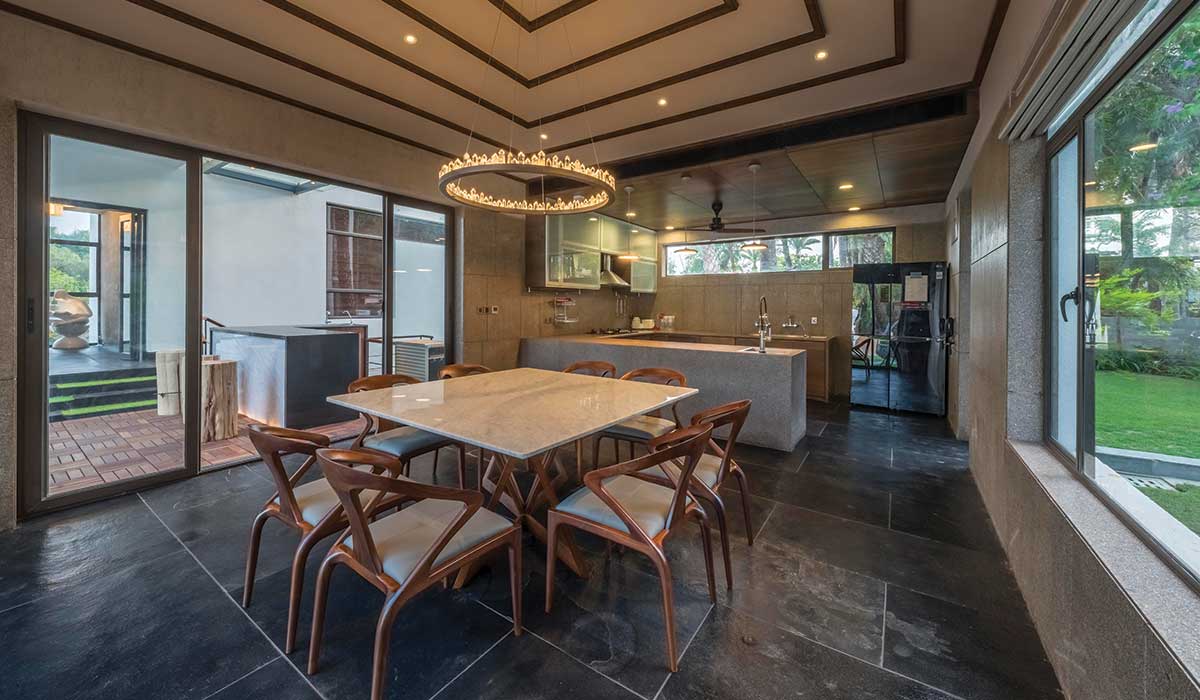
There is a deeper understanding of our habitat and environs and how homes and workplaces play a huge role in our mental and emotional stability, and at the macro level, our cities and their infrastructure. Having a sanitizing area at the entrance of a home and office, bringing the greens indoors, work from home spaces, and a need for less maintenance of spaces are some of the requirements that will be a must in the design of homes in the future.
This process has already started in homes and interiors and will carry forward at the higher levels of construction too. For example, the ratio of openings may have to be increased per unit for ingress of fresh air and ventilation. The inclusion of a home office space in homes is already a huge demand and there is a stress on more maintainable and durable surfaces.

Adaptive reuse is a form of sustainable urban renewal as it prolongs the building’s life.
The pandemic has taught us to be kinder to our environment and manage resources with minimum wastage. Eco-conscious and sustainable architecture and design will pave the way forward. In the current socio-economic scenario, the dynamics are changing almost every day. Natural materials bring a sense of closeness to nature which can’t be felt with composite or man-made materials. Due to the tactile nature of natural materials, there is a certain warmth in the spaces and a sense of harmony with nature.

We are reminded every day to be kind to our environment and be careful of leaving a zero-carbon footprint. Adaptive reuse is a huge step in the right direction. It is important to consider renewing and retaining the character of the original space rather than constructing a new building.















